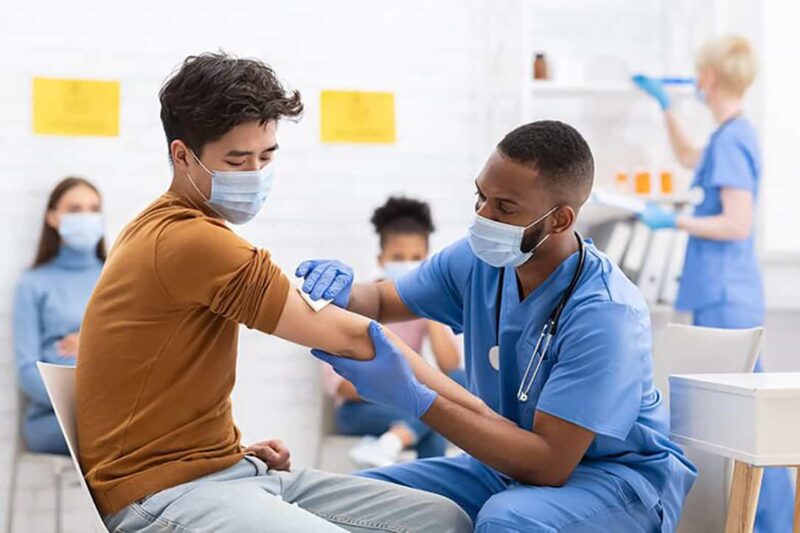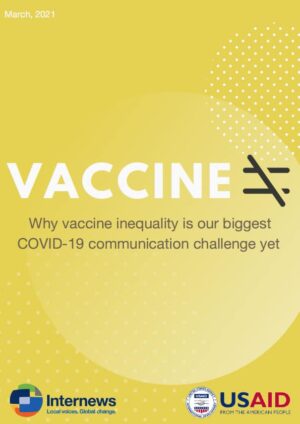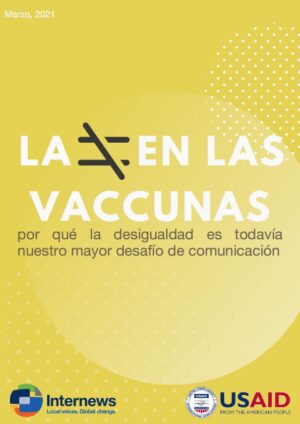The pandemic continues to highlight that while the virus has touched almost every corner of the globe the impact has been far from uniform. As rich countries receive enough doses of vaccines to protect their citizens several times over, countries in the global south must contend with the reality that very few in their population will get close to a needle in 2021.
It is this inequity of access, and the communication challenges that poses, that we explore in this paper. We question how we can split our focus to, on one hand, engage with communities to ensure they understand how vaccine prioritization will be made, to also then manage expectations of access, while still addressing the perception that the pandemic is over when vaccination begins?
We explore what we see as some of the major challenges risk communicators will face in communicating about vaccines in complex contexts. On the final pages, we offer some recommendations for the way forward. As always, we admit we do not have all the answers. Some of the solutions proposed may feel familiar and yet are still not common practice because even agreed upon good practice can still be challenging to implement. Others will be hard, sometimes uncomfortable, and may prompt wider discussions in your organization as to what our role should be as risk communicators in this pandemic.
Special thanks to all the organizations that contributed to this report:
UNICEF, the World Health Organization (WHO), International Federation of Red Cross and Red Crescent societies (IFRC), International Organization for Migration (IOM), the Communicating with Disaster Affected Communities Network (CDAC), Health Gap, The UN Refugee Agency (UNHCR), READY Initiative/Johns Hopkins Center for Communication Programs, Global Common Society International (GCS), BBC Media Action and Anthrologica for lending us their time and expertise to create this report.



